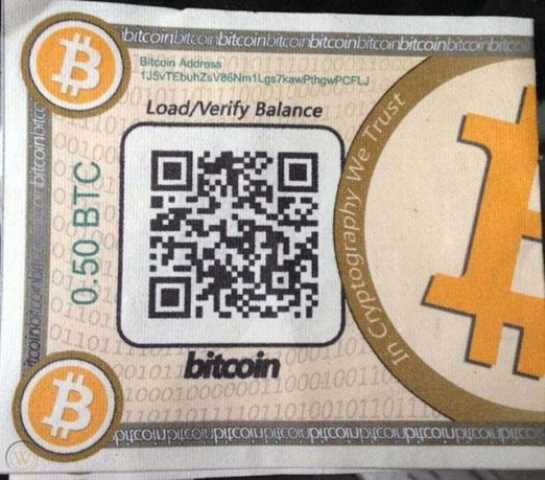The 2024 Bitcoin halving occurred on 20 April 2024, according to CoinMarketCap. You should always check with the product provider to ensure that information provided is the most up to date. Bitcoin halving was reduced by half on Apr. 9, 2024, from 6.25 BTC to 3.125 BTC per mined block. The somewhat predictable nature of Bitcoin halvings was designed so that it’s not a major shock to the network, experts say. The next halving was in July 2016, and the most recent halving was in May 2020. For instance, the latest halving was unique among halvings in that Spot Bitcoin ETFs were approved by the SEC only a few months before the event.
Historical impact of halvings on the price of Bitcoin

For instance, after the first halving, the reward for Bitcoin mining dropped to 25 BTC per block. The Bitcoin mining reward will halve 32 times before Bitcoin’s full supply of 21 million coins will have been reached. It might seem illogical for miners to continue working for half as much profit; however, new bitcoins are scarcer after each halving, which should increase the value of each coin.
When is the next Bitcoin halving?

Investors should always conduct thorough research and exercise caution when making investment decisions. Those blocks of transactions are added roughly every 10 minutes, and the Bitcoin code dictates that the reward for miners is reduced by half after every 210,000 blocks are created. That happens roughly every four years in periods that are often accompanied by heightened bitcoin price volatility. The timing of Bitcoin’s price movements following a halving event can vary. Historically, Bitcoin has experienced significant price increases in the months and years following halving events. However, the exact duration and magnitude of price movements are influenced by various factors, including market sentiment, investor behaviour, and macroeconomic conditions.
What has happened during past bitcoin halvings?

Therefore, while historical data points to potential value increases post-halving, the market response in 2024 remains uncertain. Activity is also spiking on the Bitcoin blockchain following the creation of new Bitcoin-based financial primitives, such as decentralised applications, increasing transaction fees collected by miners. If the chain experiences an increase in activity, the transaction fees alone could be enough to incentivise miners stick with Bitcoin even in the event that BTC prices do not increase after the next halving. The halving policy was written into Bitcoin’s mining algorithm to counteract inflation by maintaining scarcity. The long-term implications of Bitcoin halving events go beyond immediate market fluctuations.
- This phenomenon was on full display in the post-pandemic recovery as the American economy faced stubborn inflation and high interest rates.
- The next notable bitcoin boom occurred during the COVID-19 pandemic in 2020.
- And, from there, Ethereum could soar as high as $22,000 by the year 2030, according to investment firm VanEck.
- We do not include the universe of companies or financial offers that may be available to you.
- However, just because something has happened in the past doesn’t mean it’s guaranteed to do so in the future.
Join our free newsletter for daily crypto updates!
This surge could have been a case of “buy the rumor, sell the news.” In other words, investors who believed the halving would propel Bitcoin to new heights bought in heavily beforehand. After the halving came and went, some investors who had been waiting on the sidelines might have cashed out, leading to a price correction. Part of this increase might be attributed to the Bitcoin ETF, but crypto investors may have also bought in around March expecting a sharp rise in the coin’s value following the halving.
- The Bitcoin Halving takes place about every four years and reduces the block reward by 50%.
- The lowest intraday price that the crypto traded in the past year was $24,930.30 on Sep. 11, 2023.
- As the Bitcoin blockchain reached the designated halving block, the protocol executed the halving event, immediately reducing the block rewards provided to miners.
- In comparing various financial products and services, we are unable to compare every provider in the market so our rankings do not constitute a comprehensive review of a particular sector.
- The block reward is a critical part of the Bitcoin network, as it is a core piece of the incentive structure that ensures Bitcoin miners continue to validate and secure the blockchain.
- One theory, known as the stock-to-flow model, calculates a ratio based on the current supply of Bitcoin and how much is entering circulation, with each halving (unsurprisingly) having an impact on that ratio.
- If the chain experiences an increase in activity, the transaction fees alone could be enough to incentivise miners stick with Bitcoin even in the event that BTC prices do not increase after the next halving.
- The information provided is for educational purposes only and we encourage you to seek personalized advice from qualified professionals regarding specific financial decisions.
- This reduction, programmed into the Bitcoin protocol, serves to gradually decrease the rate of new Bitcoin issuance, thereby contributing to its deflationary nature.
- The next halving was in July 2016, and the most recent halving was in May 2020.
Other factors, such as our own proprietary website rules and whether a product is offered in your area or at your self-selected credit score range, can also impact how and where products appear on this site. While we strive to provide a wide range of offers, Bankrate does not include information about every financial or credit product or service. The cryptocurrency market is unpredictable, and while historical trends can provide insights, they What is Bitcoin Halving do not guarantee future results. Investing in Bitcoin, whether before or after a halving, should be based on a comprehensive understanding of the market and your financial goals. Historically, the price of Bitcoin has generally increased significantly in the months and years following a “halving” event, where the creation of new bitcoins is halved. After the first halving in November 2012, Bitcoin rose from $US12 to over $US1,150 in 2013.
